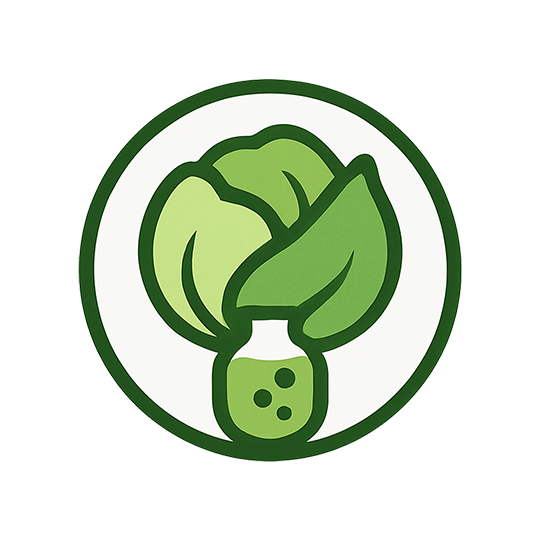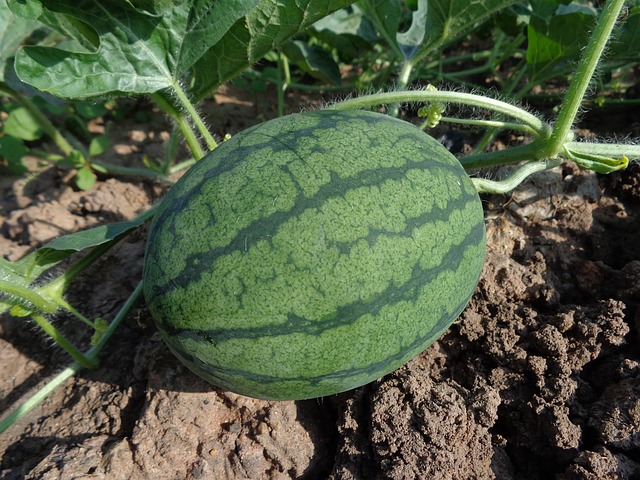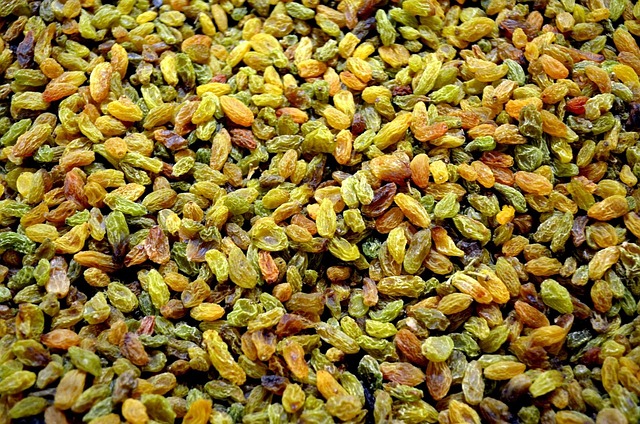When we think of fruit, the image that often comes to mind is the bright, sun‑kissed apple or the juicy, tropical mango. Yet, tucked away in the orchard’s quieter corners, the plum offers a burst of flavor and a wealth of nutrition that can elevate any health‑focused lifestyle. Though it may seem modest in size, the plum packs a powerful punch of vitamins, minerals, and antioxidants that work synergistically to support overall well‑being.
Nutritional Snapshot of the Plum
Plums are low in calories but high in density of nutrients. A single medium fruit (approximately 66 grams) typically contains:
- Calories: 30‑35 kcal
- Carbohydrates: 8 g (mostly sugars and fiber)
- Dietary Fiber: 1 g
- Protein: 0.5 g
- Fat: 0.1 g
- Vitamin C: 10–15% of the daily value (DV)
- Vitamin A: 5% DV
- Potassium: 170 mg (5% DV)
- Manganese: 5% DV
- Flavonoids and anthocyanins: potent antioxidants
These numbers illustrate that the plum is not just a sweet treat; it’s a functional food that delivers essential nutrients without the burden of excess calories.
Key Health Benefits Backed by Science
Multiple studies have highlighted how the components of plum contribute to better health outcomes. Below are some of the most compelling benefits:
-
Antioxidant Powerhouse
Plums contain high levels of anthocyanins—natural pigments that give the fruit its deep purple hue. These compounds neutralize free radicals, reducing oxidative stress and lowering the risk of chronic diseases such as heart disease and certain cancers.
-
Heart Health Support
The combination of potassium, fiber, and antioxidants helps maintain healthy blood pressure and lipid profiles. Regular consumption of plum has been associated with modest reductions in LDL cholesterol and improved arterial function.
-
Digestive Comfort
Dietary fiber in plum promotes regular bowel movements, while natural enzymes aid in the breakdown of carbohydrates. Some varieties also contain a compound called phytic acid, which can bind excess iron, potentially beneficial for people prone to iron overload.
-
Blood Sugar Regulation
Despite their sweet taste, plums exhibit a low glycemic index, meaning they cause a gradual rise in blood sugar. The fiber content slows carbohydrate absorption, which can help stabilize insulin levels.
-
Skin and Bone Health
Vitamin C is vital for collagen synthesis, supporting skin elasticity and wound healing. Manganese contributes to bone mineralization and the production of connective tissue, which can aid in maintaining strong, healthy bones.
-
Anti‑Inflammatory Effects
Chronic inflammation underlies many modern ailments, from arthritis to metabolic syndrome. The flavonoids in plum have been shown to reduce inflammatory markers in the bloodstream.
“Consuming a variety of colorful fruits, including plum, can provide a broad spectrum of phytonutrients that collectively protect against oxidative damage.” – Dr. Elena Martinez, Nutritional Scientist.
Incorporating Plum into Everyday Life
One of the beauties of plum is its versatility. Whether you enjoy it fresh, dried, or cooked, it can fit seamlessly into a balanced diet. Here are some practical ways to make plum a regular part of your routine:
- Fresh Snack – Wash, slice, and sprinkle a pinch of sea salt or a drizzle of honey. Pair it with a handful of nuts for a quick, energy‑boosting bite.
- Salads and Toppings – Dice plums into a mixed greens salad. Add goat cheese, walnuts, and a light vinaigrette for a Mediterranean flair.
- Breakfast Boost – Toss chopped plums into oatmeal or Greek yogurt. The fruit’s natural sweetness complements the creaminess.
- Smoothie Add‑In – Blend a plum with spinach, a banana, almond milk, and a scoop of protein powder for a nutrient‑dense smoothie.
- Dried Plum (Prune) Snacks – Prunes are excellent for digestion. Use them as a sweet, chewy addition to trail mixes or cereal.
- Culinary Creativity – Cook plum with herbs like rosemary or thyme. A small skillet of sautéed plums can accompany roasted chicken or pork tenderloin.
- Baking – Incorporate fresh or dried plums into muffins, scones, or bread for a subtle sweet flavor.
Remember, moderation is key. While plums are nutritious, their natural sugars can add up, especially if you’re watching your caloric intake. Opt for a handful of fresh plums or a quarter cup of dried plum per day to reap benefits without excess.
Choosing the Right Plum
Not all plums are created equal. Several varieties differ in sweetness, acidity, and texture. Here’s a quick guide to help you pick the best fruit for your taste and health goals:
-
European Plum (Prunus domestica)
Known for its firm flesh and sweet flavor. Ideal for fresh consumption and baking.
-
Japanese Plum (Prunus salicina)
Smaller with a more tart profile, great for jams and pickling.
-
Damson Plum (Prunus insititia)
Acidic and hard, often used in preserves and liqueurs.
When selecting plums, look for a firm fruit with a bright, even skin color. Gently press near the stem; a slight give indicates ripeness. Avoid plums with bruises, soft spots, or mold.
Practical Tips for Maximizing Plum’s Health Potential
Even a small change in how you store or prepare plums can influence their nutritional benefits. Here are a few science‑based practices to keep in mind:
- Fresh vs. Frozen – Fresh plums retain more vitamin C than frozen, as freezing can slightly degrade this heat‑sensitive nutrient. If you’re not eating them immediately, freeze them promptly to lock in the antioxidants.
- Peeling vs. Unpeeled – The skin contains many antioxidants, including anthocyanins. Keeping the skin on (when edible and clean) can enhance the fruit’s protective properties.
- Combine with Protein – Pairing plums with a protein source like Greek yogurt, cottage cheese, or a handful of almonds can help stabilize blood sugar spikes.
- Mind the Additives – Commercial plum products (canned, jam, or dried with added sugars) can significantly increase calorie and sugar content. Opt for natural, minimally processed versions whenever possible.
- Seasonal Eating – When plums are in season, they tend to be fresher and more flavorful, often translating into a higher nutrient density.
Final Thoughts: The Plum’s Place in a Balanced Lifestyle
Incorporating plum into your daily routine is a straightforward, enjoyable way to enrich your diet with essential vitamins, minerals, and powerful antioxidants. Its versatility—from fresh snacks to savory dishes—makes it an adaptable ingredient that can satisfy a wide range of culinary preferences. Whether you’re an athlete seeking natural recovery aids, a busy professional looking for a quick energy boost, or a health enthusiast committed to preventive care, the plum offers a natural, nutrient‑dense solution.
Remember to choose a variety that aligns with your taste and culinary goals, consume it in moderation, and pair it with complementary foods for balanced nutrition. Over time, these small, mindful choices can accumulate into significant health benefits, underscoring the timeless adage: “You are what you eat.” By welcoming plum into your meals, you’re not only indulging in a delicious fruit but also investing in a healthier, more vibrant future.




